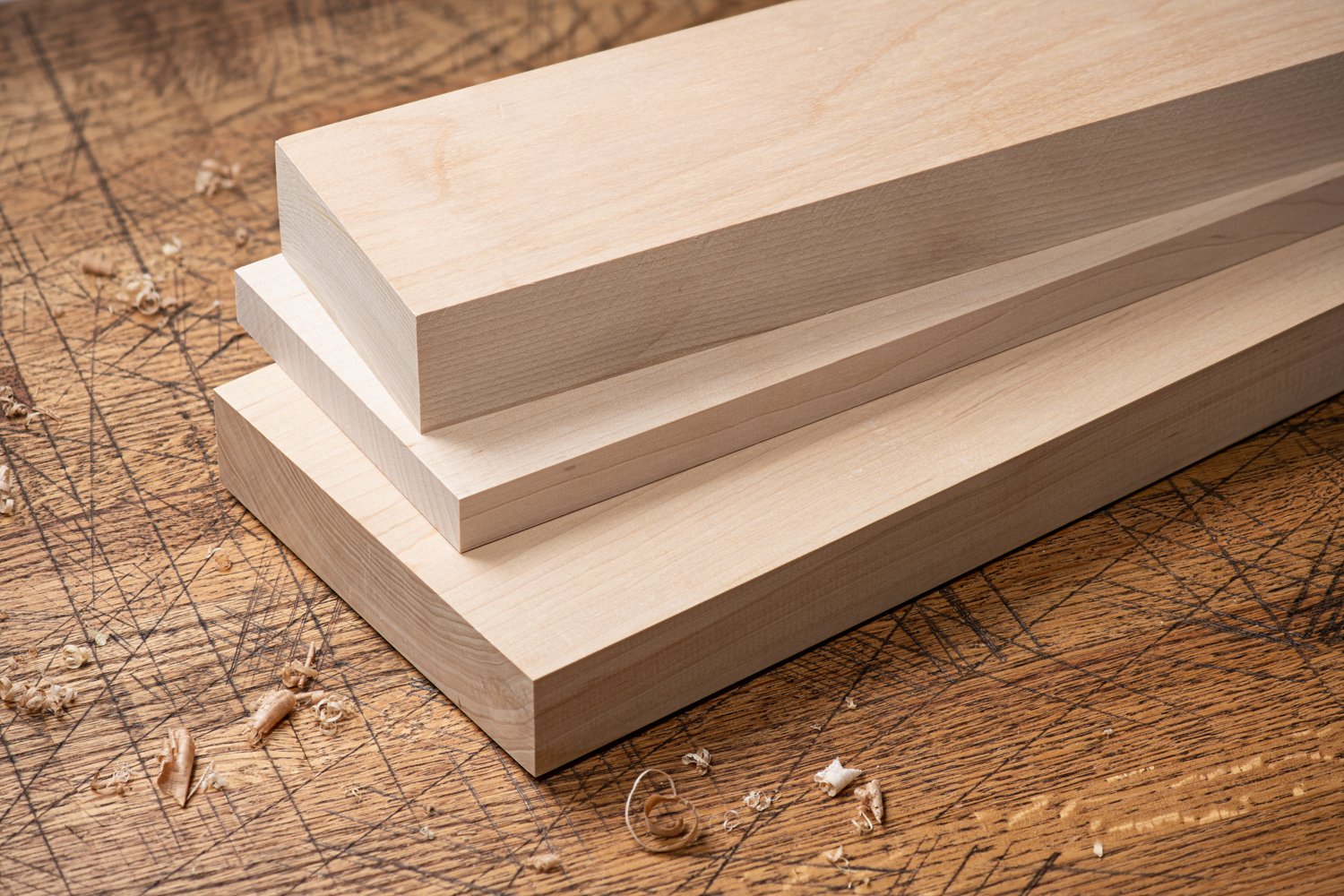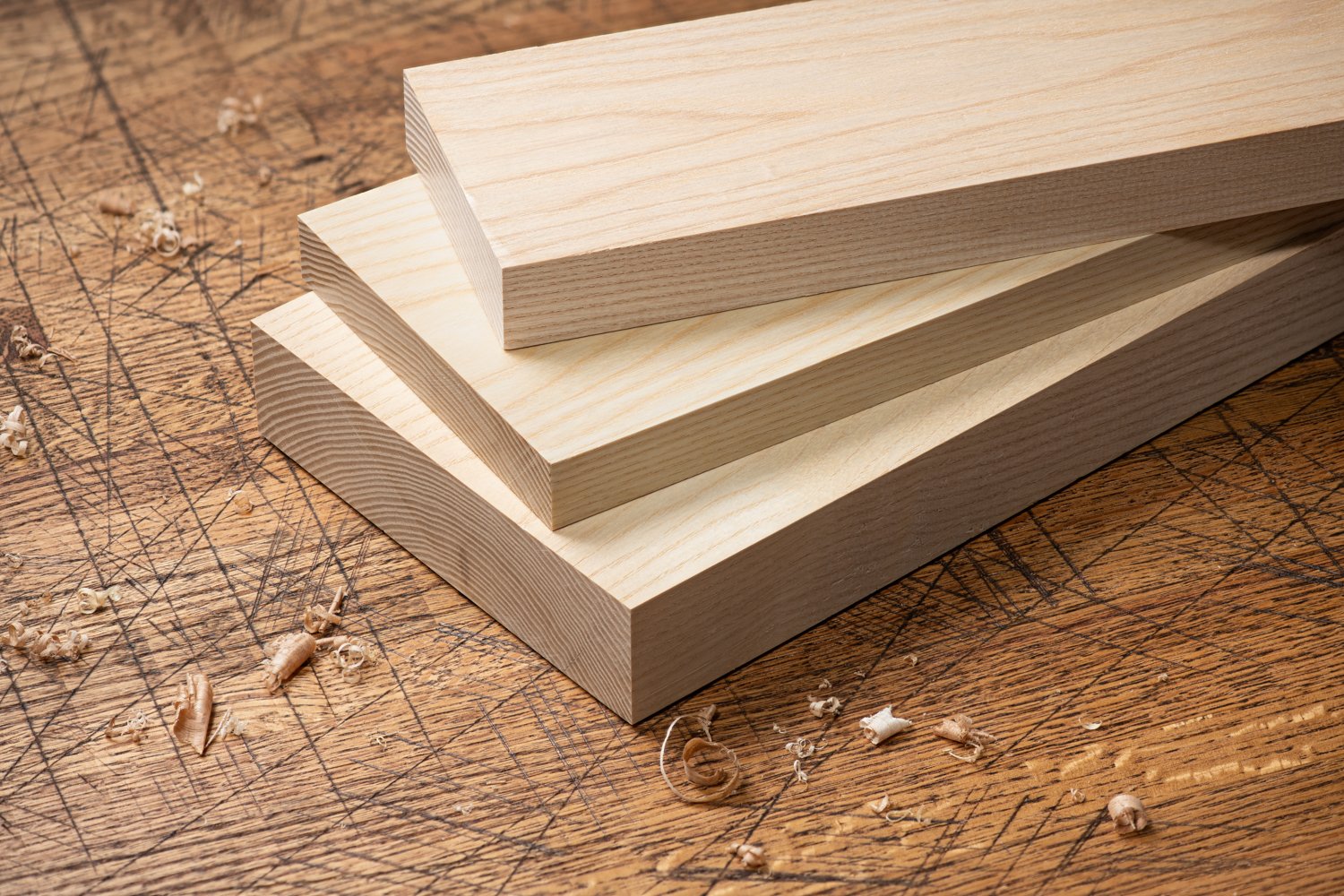If you’re passionate about cooking or just want to upgrade your kitchen, choosing the best wood for a butcher block is a decision that can transform your food prep experience. Butcher blocks aren’t just functional—they’re a statement piece that blends durability, hygiene, and style. Whether you’re a home chef slicing vegetables or a pitmaster breaking down brisket, the right wood makes all the difference.
The ideal butcher block wood should be hard enough to withstand years of chopping, yet gentle enough not to dull your knives. It must resist moisture and bacteria, be easy to maintain, and, of course, look stunning on your countertop.
In this comprehensive guide, I’ll walk you through the top 10 woods for butcher blocks, focusing on options you can find on Amazon. I’ll break down the pros and cons of each, drawing from my experience and the latest research, so you can make an informed, confident choice. You’ll also discover how to select the perfect butcher block wood for your needs, factoring in hardness, maintenance, aesthetics, and sustainability. By the end, you’ll know exactly which wood will serve as the heart of your kitchen for years to come.
How to Choose the Best Wood for a Butcher Block
Selecting the best butcher block wood isn’t just about picking the hardest or prettiest option. Here’s what I always consider—and what you should, too:
- Hardness: Look for woods with a Janka hardness rating between 1,200 and 1,500 lbf. This range is tough enough for heavy use but won’t ruin your knives.
- Pore Structure: Tight, closed-grain woods resist bacteria and moisture better, making them more hygienic and less prone to staining.
- Maintenance: Some woods require more oiling and care than others. Consider your willingness to maintain the block.
- Aesthetics: From the creamy hues of maple to the rich browns of walnut, choose a wood that complements your kitchen’s style.
- Sustainability: Eco-friendly options like bamboo are increasingly popular for their renewable nature and durability.
- Cost & Availability: Premium woods cost more and may be harder to find, but they often deliver superior performance and longevity.
With these criteria in mind, let’s dive into the top 10 woods for butcher blocks, each offering a unique blend of beauty and brawn.
10 Best Wood for a Butcher Block
01. Maple: The Classic Champion

Maple—especially hard maple—is the gold standard for butcher blocks. With a Janka hardness of about 1,450 lbf, it strikes the perfect balance between being tough on wear but gentle on your knives. Its closed grain structure resists bacteria and moisture, making it a safe and sanitary choice. Maple’s light color brightens kitchens, and its smooth surface is easy to sand and refinish. However, stains can be more visible on its pale surface, and it’s prone to some shrinkage if not properly maintained. Maple butcher blocks, like the highly rated John Boos Maple Wood Block available on Amazon, are an investment in durability and timeless style.
02. Beech: Affordable and Reliable

Beech offers a slightly softer surface than maple (1,300 lbf), making it even kinder to your knives. Its warm, light tone brings a cozy vibe to any kitchen, and it’s less expensive than many hardwoods. Beech’s closed pores provide reasonable resistance to bacteria, but it’s more susceptible to staining and shrinkage, so prompt cleaning is essential. For budget-conscious cooks who still want a quality block, beech is a smart, accessible choice.
03. Walnut: Rich, Luxurious, and Durable

Walnut is prized for its deep, chocolate-brown hues and unique grain patterns. With a Janka hardness around 1,010 lbf, it’s softer than maple but still highly functional for most kitchen tasks. Walnut’s closed grain helps prevent bacteria buildup, and its natural oils add a touch of water resistance. It’s a premium wood, so expect a higher price tag, but the aesthetics and performance are hard to beat. Walnut butcher blocks are a favorite among chefs who want both beauty and brawn.
04. Cherry: Elegant and Aging Gracefully

Cherry wood stands out for its subtle reddish color, which deepens and becomes richer over time. With a Janka rating of 950 lbf, it’s on the softer side, making it best for light to moderate chopping rather than heavy cleaving. Cherry’s tight pores resist bacteria and stains, and its smooth finish is gentle on knives. While it can be harder to source and is not ideal for heavy-duty use, cherry offers a sophisticated look for discerning home cooks.
05. Bamboo: Eco-Friendly and Modern

Bamboo isn’t technically wood, but its popularity in butcher blocks is soaring. It’s dense, with a hardness around 1,300 lbf, and its tight pores resist moisture and bacteria. Bamboo is a sustainable, renewable resource, making it a top choice for eco-conscious buyers. Its light color and modern appearance fit well in contemporary kitchens, though stains may show up more easily. Bamboo butcher blocks are durable, easy to maintain, and increasingly available on Amazon.
06. Acacia: Exotic and Resilient

Acacia is gaining traction for its striking grain patterns and natural resistance to water and bacteria. With a Janka hardness between 1,700 and 2,200 lbf, it’s tougher than maple, making it highly durable for heavy use. Acacia’s rich, varied hues add visual interest, and its affordability makes it accessible. It does require regular oiling to prevent dryness and cracking, but for those seeking a unique, long-lasting block, acacia is a standout option.
07. Teak: Water-Resistant and Low-Maintenance

Teak is renowned for its natural oils, which make it exceptionally water-resistant and less prone to warping or cracking. With a Janka hardness of about 1,070 lbf, it’s softer than maple but still suitable for most kitchen tasks. Teak’s golden-brown color and straight grain lend a touch of luxury, and its low-maintenance nature appeals to busy cooks. While pricier, teak butcher blocks are a wise investment for humid environments or frequent use.
08. Oak: Traditional and Sturdy

Oak—both red and white varieties—has long been used in butcher blocks for its strength and classic appearance. With a Janka hardness of 1,290 to 1,360 lbf, oak is durable and resists wear. Its open grain can make it more susceptible to bacteria, so diligent cleaning and oiling are a must. Oak’s prominent grain and warm tones suit rustic or traditional kitchens, and it’s widely available at reasonable prices.
09. Hickory: Tough and Distinctive

Hickory is one of the hardest domestic woods, boasting a Janka rating of 1,820 lbf. This makes it highly resistant to dents and scratches, ideal for heavy-duty chopping. Hickory’s dramatic color variations and bold grain patterns create a striking butcher block. While it requires more effort to maintain and can be harder on knives, hickory is perfect for those who demand maximum toughness and unique aesthetics.
10. Ash: Light, Strong, and Versatile

Ash offers a light, creamy color and a straight, uniform grain that fits both modern and classic kitchens. With a Janka hardness of 1,320 lbf, ash is durable yet easy on knives. Its closed grain helps resist moisture and bacteria, though it’s less common than maple or beech. Ash butcher blocks are a great choice for those seeking a balance of strength, beauty, and affordability.
Top Wood for a Butcher Block - Things to Know
Choosing the best wood for a butcher block is about balancing durability, hygiene, maintenance, and style. Whether you lean toward the classic resilience of maple, the eco-friendliness of bamboo, or the luxury of walnut, there’s a perfect butcher block wood for every kitchen and every chef.
Prioritize closed-grain, food-safe woods, and remember: a well-chosen butcher block isn’t just a tool—it’s an heirloom that will serve you (and your knives) for years to come.
























































